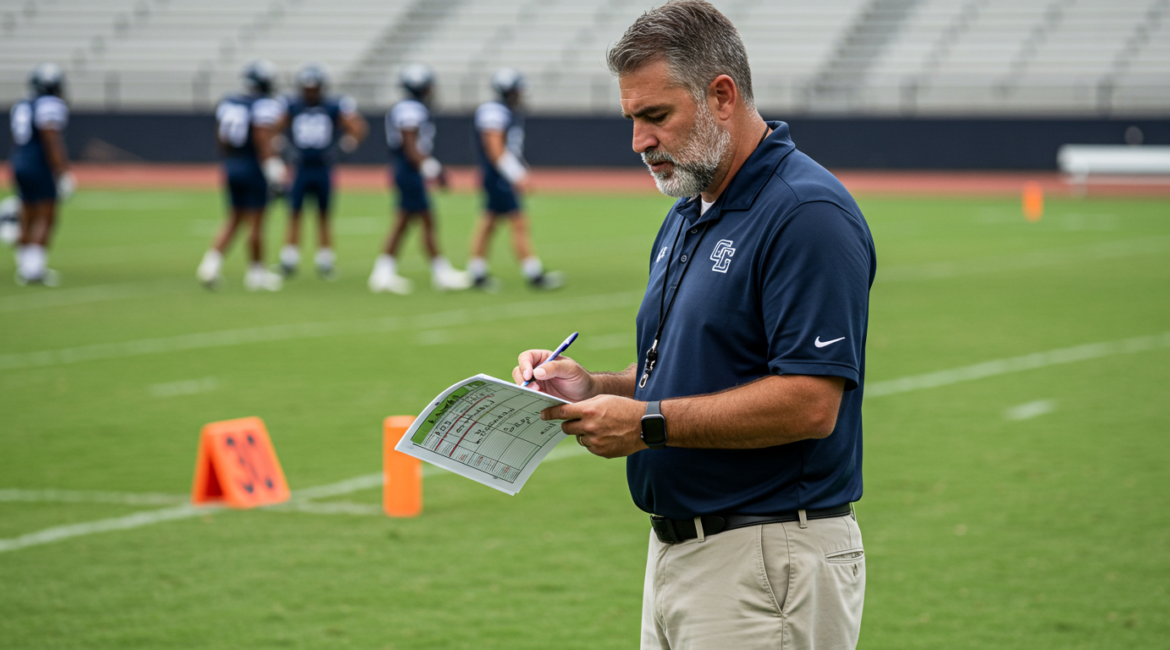By California Recruits | Recruiting 101
In today’s ever-evolving world of high school football recruiting, one of the biggest misconceptions parents and players hold is that statistics—yards, touchdowns, tackles—are the golden ticket to a college scholarship. While it’s true that production on the field matters, it’s often not the first thing college coaches look at. In fact, when it comes down to evaluating talent, measurables—height, weight, wingspan, speed, and overall physical potential—almost always outweigh stats in the eyes of recruiters.
The Harsh Reality: Numbers Don’t Always Tell the Whole Story
Parents beam with pride as they rattle off their son’s impressive season:
“1,200 rushing yards!”
“15 receiving touchdowns!”
“90 tackles from the linebacker spot!”
But here’s what college recruiters are quietly asking:
“How tall is he?”
“What’s his frame?”
“Can he add size?”
“Does he have elite speed or explosion?”
“Will he translate to the next level physically?”
Recruiters aren’t building teams based on high school domination—they’re projecting success three to five years down the road in a college program. They’re not just looking for who performed well in high school; they’re asking, “Who can compete at the college level?”
Measurables = Potential
College football is a physical game. Programs are investing in athletes they can develop. That means:
• A wide receiver who is 6’3”, runs a 4.5 forty, and had 600 receiving yards is often more valuable than a 5’9” receiver who had 1,200 yards.
• A defensive lineman with a long frame and quick first step who hasn’t filled out yet might get more offers than a shorter, maxed-out player who dominates at the high school level.
• A quarterback with ideal size, arm strength, and mechanics but average stats could draw more interest than a stat-heavy undersized dual-threat QB.
Why Size Wins in the Long Run
Colleges know they can teach schemes. They can help a player develop football IQ. They can add muscle, improve footwork, and refine technique. What they can’t coach is size and athletic potential. This is why the term “upside” is more valuable than “production.”
A college coach is building a roster that can win in the playoffs, compete against national powerhouses, and succeed under pressure. They want players who look the part and have room to grow physically—players who will be difference-makers at the next level.
What Parents Need to Understand
Parents should absolutely be proud of their child’s hard work and production. But to truly help your son navigate the recruiting process, understand this:
• Size matters.
• Potential matters.
• Projection matters more than past performance.
If your child is undersized or lacks elite measurables, it doesn’t mean the dream is over—but it means you’ll need to be strategic. That could mean targeting the right level (D2, D3, NAIA), focusing on camps and exposure, or emphasizing elite skill sets that separate him from the pack.
Final Thought
Stats tell a story. But in the recruiting world, measurables tell the future. The sooner parents and athletes embrace this truth, the better they can position themselves in this competitive recruiting climate.
Remember: College coaches recruit based on what they think a player will become—not what they already are.

